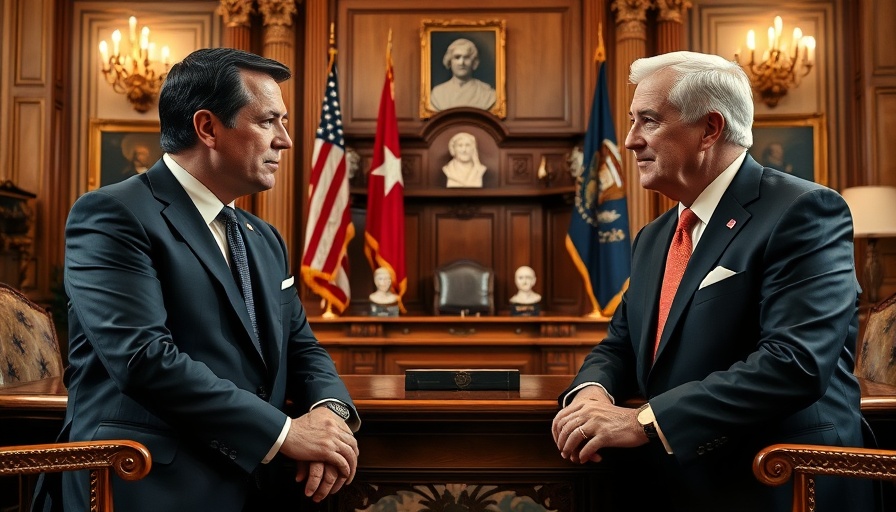
Trump Reflects on His First 100 Days in Office
In an exclusive interview with ABC News, President Donald Trump marked the completion of his first 100 days in office, a milestone that often invites scrutiny and reflection. Sitting down with anchor Terry Moran in the Oval Office, Trump addressed issues ranging from immigration and economic policies to foreign relations, particularly with Russia.
Economy and Pricing: Trump's Pledges
During the interview, Trump reassured voters anxious about rising costs associated with tariffs, asserting that he has successfully delivered on his campaign promise to lower prices since his first day in office. He pointed to significant drops in prices for essential goods like gasoline and groceries, particularly eggs, a symbol of inflation concerns during his predecessor Joe Biden's administration.
Immigration Policies Under Spotlight
Trump emphasized the effectiveness of his immigration strategies, noting that his administration is "careful" with deportation efforts. He defended his approach by stating that the current policies have helped to manage illegal crossings at the southern border, resonating with supporters who prioritize immigration reform.
Foreign Policy and Leadership Style
The president also touched on foreign affairs, indicating that he believes he plays a pivotal role in peace talks involving Ukraine and Russia. He mentioned a potentially positive relationship with Russian President Vladimir Putin, hinting at a complex balancing act in international diplomacy.
Responses to Public Concerns
When confronted about the complexities of handling immigration cases and the necessity for due process, Trump maintained a firm stance that even those classified as "really bad guys" deserve proper legal treatment. This reflects his administration's ongoing struggle to reconcile tough immigration stances with fundamental American principles.
This interview serves as a laid-out narrative of Trump's initial accomplishments and ongoing challenges as he navigates the complexities of the presidency. As his term progresses, the public and critics alike will be watching closely to see how these policies unfold and the impact on American lives.
 Add Row
Add Row  Add Element
Add Element 



Write A Comment